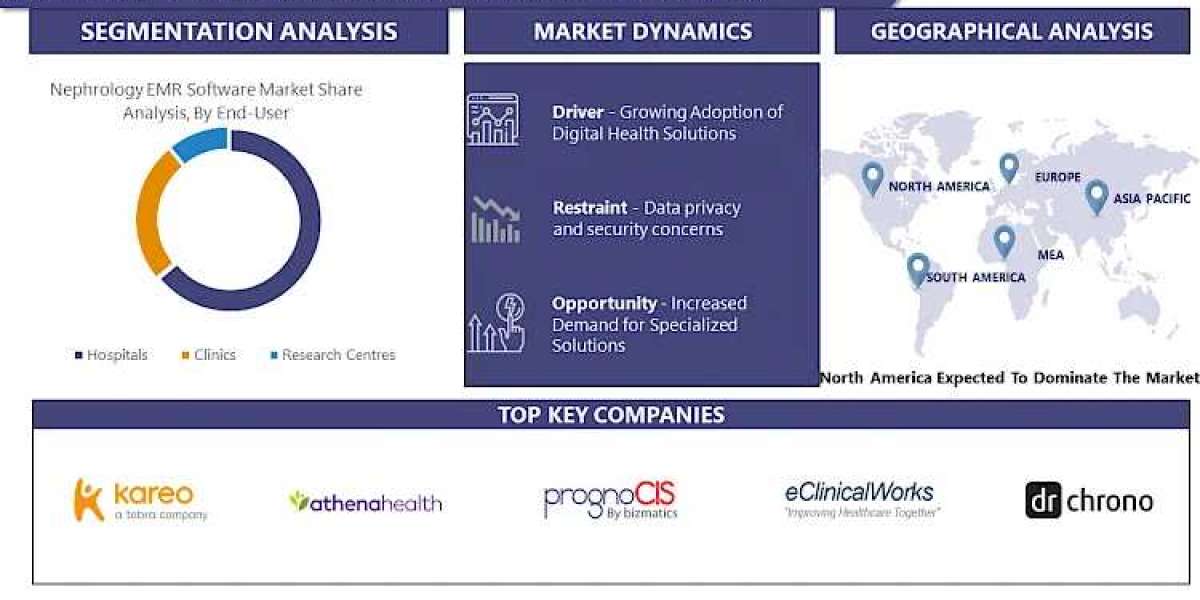In an age where safety and precision are paramount, the field of radiation detection and monitoring is evolving rapidly. These advancements are not only crucial for safeguarding human health but also for ensuring the safe use of radiation in various industries. From medical diagnostics to nuclear power, radiation detection devices play a pivotal role in maintaining safety standards. Let’s dive into the latest developments and their implications.
The Importance of Radiation Detection and Monitoring
Radiation detection and monitoring devices are essential for identifying and measuring radiation levels to prevent exposure to harmful levels. They are used in a variety of applications, including medical imaging, nuclear power plants, research facilities, and even in everyday environments. By detecting radiation early, these devices help mitigate risks and ensure safety.
Key Technologies in Radiation Detection
Geiger-Müller Counters: These are perhaps the most well-known radiation detectors. They are portable and provide real-time readings of radiation levels. Geiger-Müller counters are widely used in both professional and personal settings for their simplicity and effectiveness.
Scintillation Detectors: These devices use scintillating materials that emit light when exposed to radiation. The emitted light is then converted into an electrical signal. Scintillation detectors are known for their high sensitivity and are often used in environmental monitoring and medical applications.
Dosimeters: Personal dosimeters are worn by individuals working in radiation-prone environments to monitor their exposure levels. Modern dosimeters are highly sensitive and provide detailed records of radiation exposure over time.
Ionization Chambers: These are used for precise measurements of radiation dose. They are often employed in calibration laboratories and for research purposes due to their accuracy and reliability.
Recent Advancements and Innovations
Miniaturization and Portability: Advances in technology have led to the development of smaller, more portable radiation detectors. This is particularly beneficial for fieldwork and emergency response situations where mobility is crucial.
Integration with Digital Technologies: Many modern radiation detectors are now equipped with digital interfaces that allow for real-time data transmission and analysis. This integration facilitates better data management and enhances the ability to respond to radiation threats promptly.
Improved Sensitivity and Accuracy: Innovations in sensor materials and design have significantly improved the sensitivity and accuracy of radiation detection devices. This ensures that even low levels of radiation can be detected and monitored effectively.
Enhanced User Interfaces: Modern devices often come with user-friendly interfaces and software that make it easier to interpret data and make informed decisions. This is particularly important for non-experts who may need to use these devices in various settings.
Applications Across Industries
Medical Field: In medicine, radiation detection devices are crucial for ensuring the safety of patients and medical staff during procedures involving radiation. They help in monitoring and controlling radiation doses to prevent unnecessary exposure.
Nuclear Power: In nuclear power plants, radiation monitoring is vital for detecting leaks and ensuring that radiation levels remain within safe limits. Continuous monitoring helps in maintaining operational safety and regulatory compliance.
Environmental Monitoring: Radiation detectors are used to monitor environmental radiation levels, especially in areas near nuclear facilities or after radiological events. This helps in assessing the impact on the environment and public health.
Research and Development: In research facilities, radiation detection devices are used to ensure safe handling of radioactive materials and to monitor experimental setups. They are also used in developing new technologies and methods for radiation protection.
Conclusion
As technology continues to advance, the field of radiation detection and monitoring is becoming more sophisticated and accessible. These innovations are not only enhancing safety but also expanding the applications of radiation detection across various sectors. By staying informed about the latest developments, professionals and individuals alike can better protect themselves and the environment from the potential risks of radiation.
Embracing these advancements ensures that radiation safety remains a top priority in our increasingly technology-driven world.
Content Source:
https://www.marketsandmarkets.com/PressReleases/radiation-protection.asp
https://www.marketsandmarkets.com/ResearchInsight/radiation-protection-market.asp








